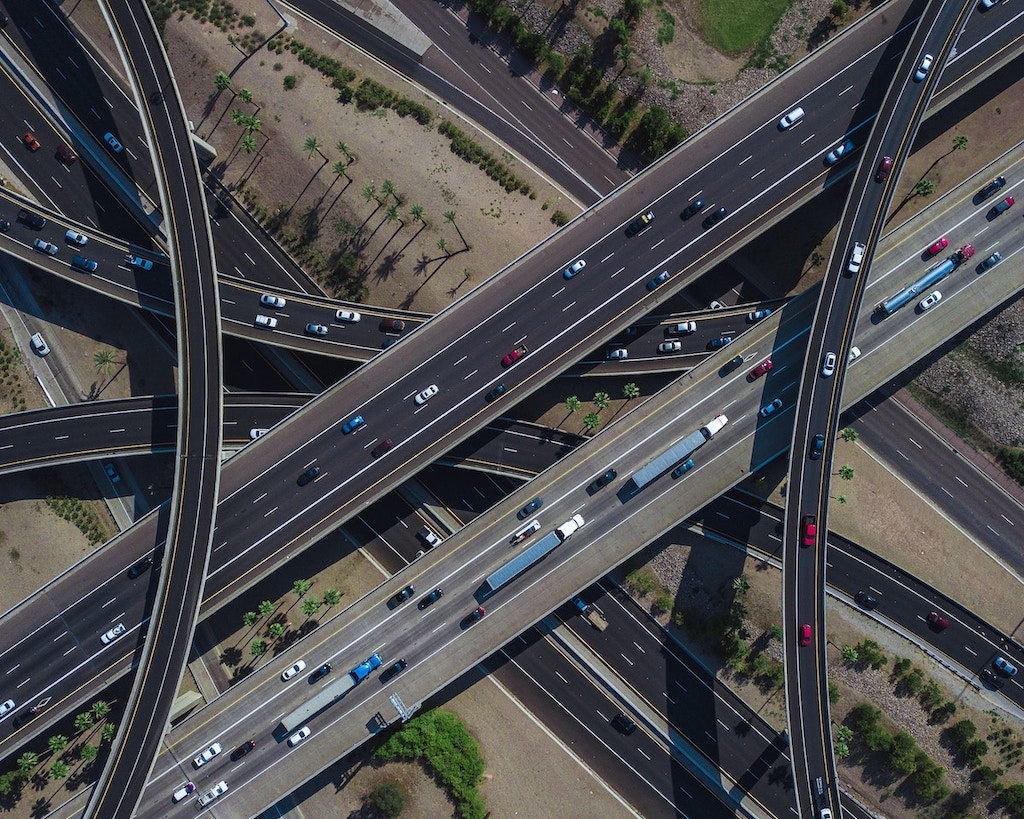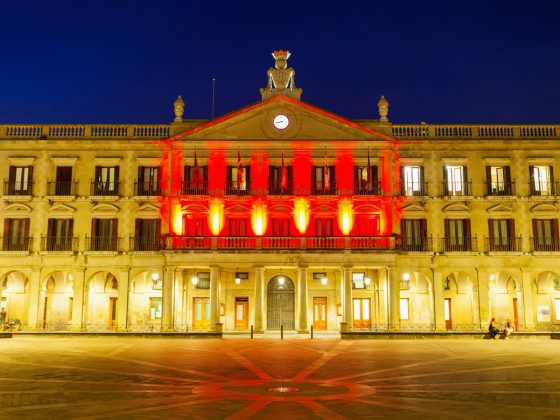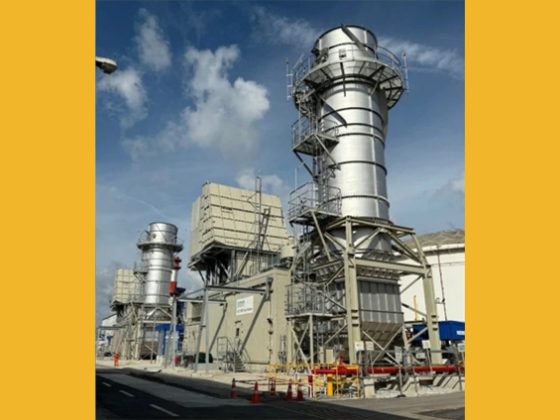We cannot solve climate change without transforming our cities and buildings. This requires massive efforts from the private and public sectors, but it is possible with today’s technologies.
Cities are the bedrock of global decarbonization for two main reasons. First, they account for 70% of worldwide emissions. Buildings alone account for around 40%, or 50% if the construction industry and its upstream value chain are included. Second, urbanization is increasing at lightning speed, up to 68% by 2050 versus 55% today, which represents nearly a doubling of existing building stock.
The decarbonization of cities and buildings is also tremendously complex. Because of the inherent diversity of archetypes and industry fragmentation, one could say the sector is harder to abate than many heavy industries, especially in the short timeframe that we have ahead of us. This is less a technological problem than a value-chain alignment and organization issue.
It is paramount that cities and buildings address the challenge immediately, otherwise we will likely miss the overall decarbonization targets. Cities and buildings are where the fight against climate change will be won or lost. Yet, this is a topic that has surprisingly been left rather unattended in recent years. It is time that we refocus our efforts. This is a challenge all businesses must confront and assist with, but at the same time it is a promising area for innovation. Decarbonizing cities and buildings at scale requires us to redefine a vision of their role in the future. And we believe it is doable.
The race toward zero-carbon buildings
All buildings must be net zero-carbon by 2050, meaning they are zero-carbon throughout their entire lifecycles. This will spur a revolution in the construction industry, which needs to rethink buildings for optimal performance while embracing zero-embodied emissions materials.
Optimizing the performance of these zero-carbon buildings will be based on several critical patterns.
– First, buildings must become ultra-efficient. Average energy intensity of the building stock is 150 kilowatt hours per square metre per year (kWh/m2/year), while optimum benchmarks are around 50 kWh/m2/year — three times less.
– Second, buildings must become fully electric. Heating electrification has proven to be many times more efficient than traditional fossil-fuel based systems, and ultimately economically competitive in most regions of the world, particularly when associated with air-conditioning.
– Third, systems will have to be ready to rely on local (renewable) generation and work with flexible residential-owned energy sources, connected to modern and digitalized grids, to increase overall system resiliency.
Digitalization is a key enabler of this transformation. It redefines the way we produce, distribute and consume electricity – as the following two case studies demonstrate:
1) T-Mobile Arena: Efficiency and sustainability through connected technologies
T-Mobile Arena, a joint project of AEG and MGM Resorts International together with Schneider Electric, is a state-of-the-art entertainment facility in Las Vegas that epitomizes the ultra-efficient electric and digital future of cities. This urban facility in the heart of the Vegas Strip was custom-designed with connected technology solutions to make it one of the world’s most automated and energy-efficient entertainment, sporting and concert venues. A LEED Gold Certified facility, it utilizes Schneider Electric’s EcoStruxure throughout to create a digitally-connected entertainment venue with full connectivity and 24/7 control, from air conditioning and lighting to access control, energy management and building operation. In its first 12 months in operation, T-Mobile Arena saved 18% on their energy costs and the flagship venue is a model in sustainability for the neighbouring community to follow.
2) The Urban Futurability project in São Paulo
At the heart of Enel’s Urban Futurability project is the creation of South America’s very first Network Digital Twin. The Twin is a 3D digital model that replicates the local electricity infrastructure using thousands of sensors installed on the actual grid, each communicating information on grid status in real-time to both the distributor and the local stakeholders. Ultimately, the Digital Twin can be used to create greater awareness of energy use, efficiency and savings.
This project demonstrates that digitalization of electricity networks, buildings and urban infrastructure can develop in a living laboratory. Citizens, entrepreneurs, municipalities and universities can co-create innovative solutions that connect infrastructure to local needs such as mobility, safety, waste reduction, security and the urban environment.
Creating efficient, sustainable cities
The combination of efficient, fully electric and digitalized distribution networks, distributed generation, energy storage and electric mobility will help smooth and control energy demand, yielding a leap forward in terms of overall system efficiency. In this context, electricity grids are among the most important components of urban infrastructure. Their full digitalization will enhance cities’ overall resilience through automation and real-time information. Digitalized grids will also facilitate the integration of renewable energy, smooth the transition to electric mobility, and ease the diffusion of batteries.
The decarbonization of cities is a multifaceted challenge and requires a holistic approach — systemic efficiency. Alongside buildings, the electrification of private and public transport plays a pivotal role in not only achieving net zero emission targets, but also improving urban air quality.
A necessary transition for a low-carbon world
The integration of smart buildings within a dynamic urban environment, the electrification of private and public transport, and the deployment of electric vehicle charging infrastructure, will be paramount in designing a 1.5°C pathway and reducing pollution in cities.
Thus, decarbonizing cities and buildings should be the highest priority for the public and private sectors. It needs to be done at scale, it needs to be done at pace, and it needs to be done using an integrated and digitalized approach. This will be the most cost-efficient route to success, bringing real systemic efficiency.
There is no excuse for letting this opportunity pass.
Click here for more information on the World Economic Forum’s Systemic Efficiency project.
Francesco Starace, CEO and General Manager, Enel Group
Jean-Pascal Tricoire, Chairman and Chief Executive Officer, Schneider Electric
This article is republished from the World Economic Forum.










